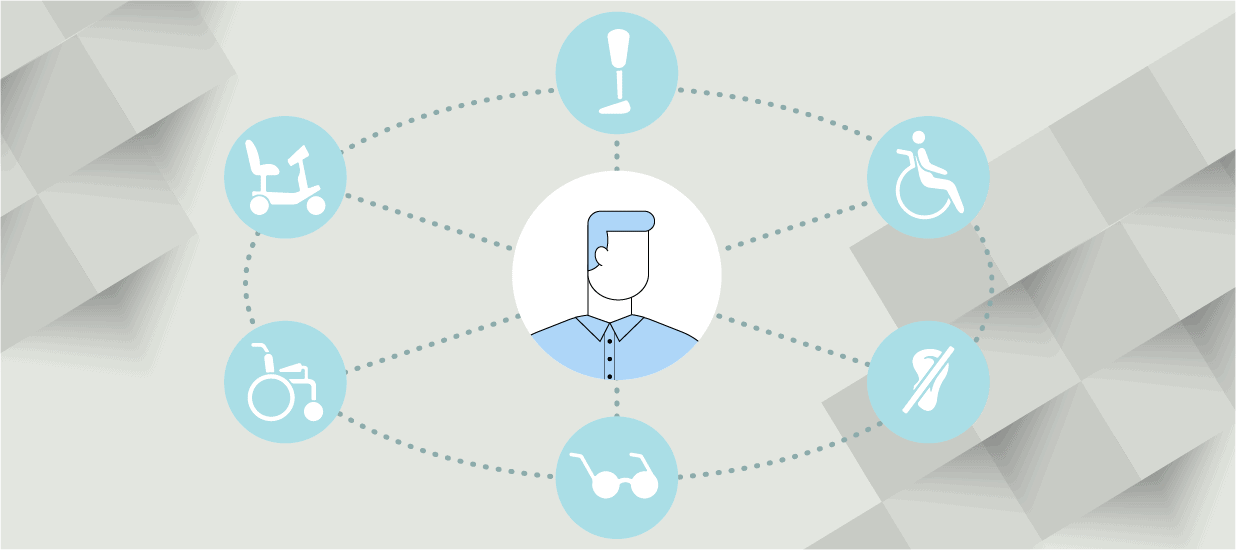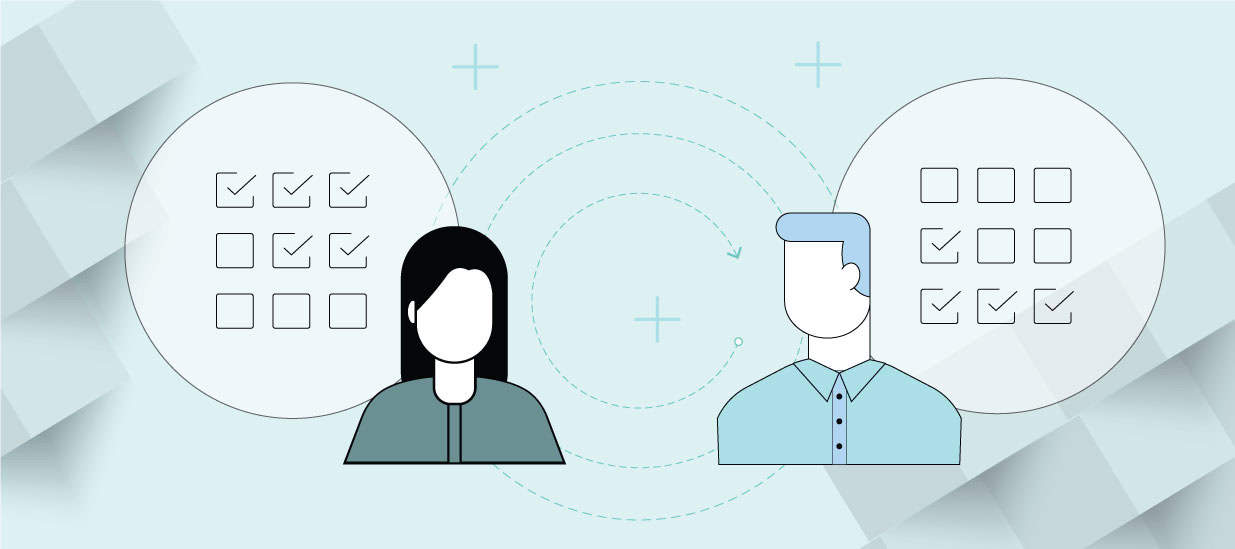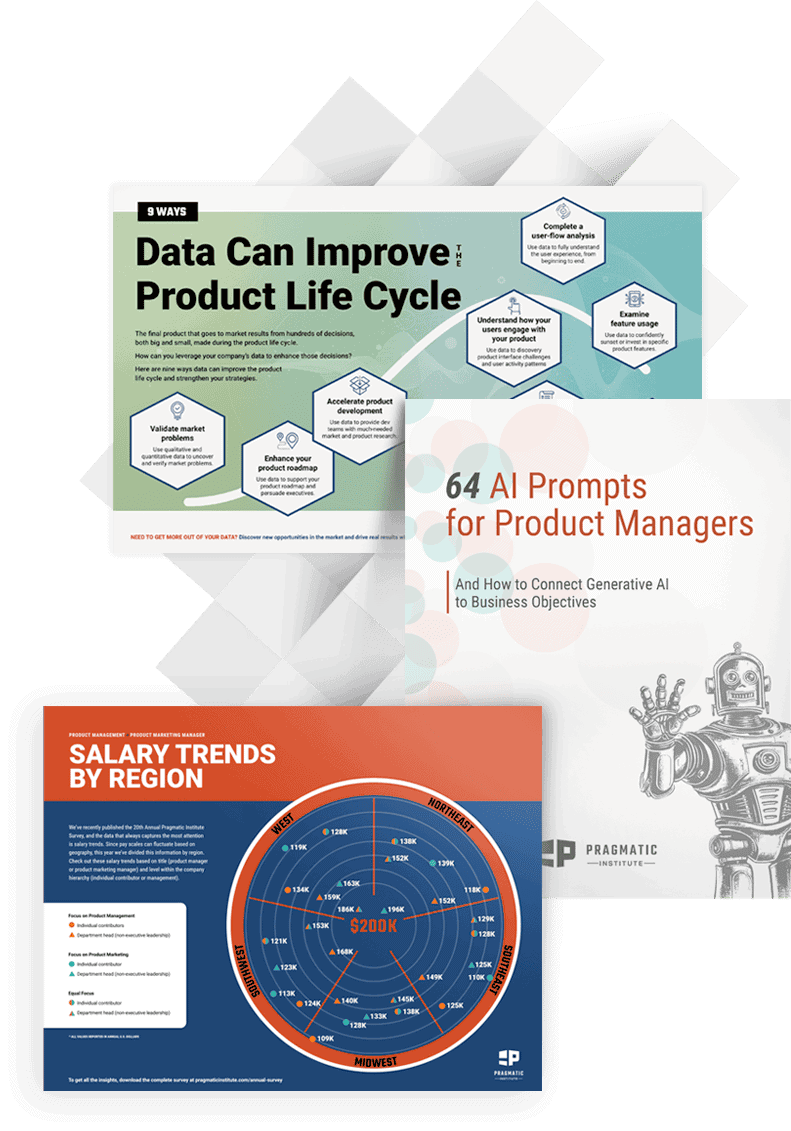4 minute read
Product managers play an important role in making sure products are designed with accessibility in mind. This article covers some effective strategies you can use to improve accessibility in product design.
Accessibility is no longer optional—it’s a core element of truly great product design. Oftentimes, the elements that make a product more inclusive are so seamlessly integrated that you barely realize they are there at all. No matter how accessibility is approached, however, it’s clear that by adopting an accessibility-first mindset, product managers can help products that work for everyone.
This guide will help you understand how to include accessibility into your product development process without sacrificing creativity or innovation.
Why Product Accessibility Matters
Accessibility isn’t just about compliance; it’s about creating better products for everyone. Using inclusive design principles helps expand your audience, improve overall user experience and establish your organization as a leader in forward-thinking product development.
A commitment to accessibility drives:
- Broader Audience Reach: Products designed with accessibility in mind are usable by people of all abilities, expanding your potential user base
- Improved Usability: Accessibility enhancements, such as clear navigation and alternative input methods, benefit all users.
- Stronger Brand Equity: Demonstrating commitment to inclusivity positions your brand as ethical and innovative.
Examples of Accessible Designs in Products
HP offers some great examples of building accessibility into their products. You can print using voice commands and they offer a Braille interface along with a range of other adaptations.
L’Occitane, a French-based beauty brand, puts Braille on some of its packaging to make it easier for the blind community to access their products.
The Xbox Adaptive Controller allows gamers with limited mobility to access the gaming platform and interact in the same way as traditional controllers.
Influencing Accessibility in Product Design
As a product manager, you don’t design the product yourself, but your influence shapes how inclusive and accessible it becomes. This gives you an integral role in ensuring that more accessible, inclusive products reach the market. By embedding accessibility into your product strategy, you ensure that your team creates solutions that cater to all users, including those with disabilities.
Here’s how you can guide your team to build accessible products:
Focus on Foundational Principles
While you may not handle the design directly, you can steer your team toward accessibility by emphasizing these principles:
- Inclusive Design: Advocate for designs that accommodate a diverse range of users without requiring custom solutions.
- Universal Design: Encourage your team to think broadly, creating solutions that are inherently usable by the widest possible audience.
- POUR Principles: Highlight the importance of aligning with Web Content Accessibility Guidelines (WCAG) to ensure products are Perceivable, Operable, Understandable and Robust (POUR).
- Accessible User Experience (UX): Promote experiences that balance functionality, usability and aesthetics while prioritizing accessibility.
How to Include Accessibility in Your Process
Accessibility is a collaborative and iterative effort. Larger organizations might have accessibility specialists that focus on making sure a product is as inclusive as possible. In many situations, however, it is up to the product design team to thoughtfully work through accessibility issues.
This makes it even more important for you as a product manager, to embed accessibility into every stage of product development:
Define Accessibility Early
- Set accessibility goals as part of your product strategy.
- Include accessibility in your product roadmap to ensure it’s not overlooked.
- Encourage the use of personas that represent users with disabilities during ideation.
Collaborate Across Teams
- Foster collaboration between product, design, development, and QA teams to ensure accessibility is a shared responsibility.
- Provide access to training and resources on accessibility best practices.
- Build accountability for accessibility into team workflows and milestones.
Test for Accessibility at Every Stage
- Conduct regular audits using accessibility tools and WCAG-aligned methods.
- Advocate for usability testing with people with disabilities to uncover barriers early.
- Incorporate feedback into iterations to continuously improve accessibility.
Build Accessibility Into Your Culture
- Champion accessibility during roadmap presentations and stakeholder discussions.
- Share accessibility successes within the organization to drive buy-in and enthusiasm.
- Stay updated on evolving standards and technologies to future-proof your product’s accessibility.
Future Trends in Accessibility
Accessibility is advancing as technology and inclusivity become more intertwined. Staying informed about these trends helps product managers continually bring forward-thinking products to market.
Here are key trends that are reshaping how products meet diverse user needs:
AI-Driven Accessibility Tools: Artificial intelligence enables dynamic solutions like real-time captioning, automated alt text generation, and adaptive interfaces. These tools are making it easier to build products that respond to individual needs on the fly.
Personalized Accessibility Features: Products are moving toward tailored experiences like giving users the option to adjust font sizes and select high-contrast or voice-activated modes. While these options allow flexibility, they also ensure usability across a broader audience.
Accessible AR and VR: Augmented reality (AR) and virtual reality (VR) are prime tools for improving accessibility. Features like voice commands, adaptive controllers and haptic feedback make it easier for more diverse users to engage with their immersive environments.
Focus on Neurodiverse Needs: Designers are increasingly addressing cognitive accessibility by incorporating features like simplified navigation, customizable interfaces, and tools that support focus and task management for neurodiverse users.
Global Standardization: Accessibility guidelines are evolving to address emerging technologies, creating clearer frameworks for inclusive design across industries and regions.
The impact of prioritizing accessibility goes beyond compliance or feature checklists—it transforms how people experience and connect with your product. It’s an opportunity to demonstrate your organization’s values, expand your audience and improve lives. When accessibility becomes an organizational mindset rather than an obligation or afterthought, it leads to products that truly work for everyone. So take the lead, influence your team and make accessibility a cornerstone of great product management.
Author
-

The Pragmatic Editorial Team comprises a diverse team of writers, researchers, and subject matter experts. We are trained to share Pragmatic Institute’s insights and useful information to guide product, data, and design professionals on their career development journeys. Pragmatic Institute is the global leader in Product, Data, and Design training and certification programs for working professionals. Since 1993, we’ve issued over 250,000 product management and product marketing certifications to professionals at companies around the globe. For questions or inquiries, please contact [email protected].
View all posts








